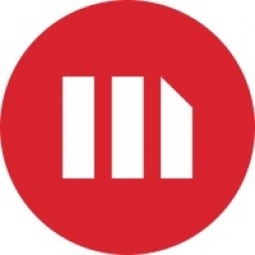- MicroStrategy
- Teradata
- O2 Priority
- MicroStrategy
- Teradata
- Microsoft Access
- Microsoft Excel
- 分析与建模 - 预测分析
- 应用基础设施与中间件 - 数据可视化
- 功能应用 - 企业资源规划系统 (ERP)
- 电信
- 商业运营
- 销售与市场营销
- 系统集成
- 培训
Telefónica UK Limited is part of Telefónica Europe plc and uses O2 as its commercial brand in the UK, Ireland, Slovakia, Germany and the Czech Republic. O2 is a leading communications company with over 23 million customers, as well as owning half of Tesco Mobile. It operates 2G and 3G networks and was the first to trial 4G/LTE. O2 employs over 11,000 people in the UK and has around 450 retail stores.
Like all communications companies, maximising profitability and efficiency is vital to Telefónica UK as it faces greater competition in the market, customers’ growing use of data and the move to 4G. The company’s vital marketing, sales and service and finance reports were created through a combination of Microsoft Access and Microsoft Excel. This method was limited in terms of speed and the amount of data being processed, since the files became large and slow relatively quickly. Company data was also disparate, with individual reports independently created by various ‘cottage industries’ all around the organisation. To give the business a single source for fast, accurate and detailed insight to help inform decision-making, Telefónica UK decided to implement a new system based on a single Teradata warehouse.
Telefónica UK’s RFP process included MicroStrategy, SAP BusinessObjects and Cognos. The company chose MicroStrategy based on a number of factors. Firstly, the ability to allow users to drill down from top-level data into greater detail appealed to Telefónica UK, which needed to see what trends were happening and why to react accordingly. Being able to transform data into a simple, easy-to-grasp visualisation was also important, as well as high levels of performance even with large quantities of data. Finally, MicroStrategy’s partnership with Teradata was vital since Telefónica UK was intending to use that company’s data warehouse technology. The solution went live in early 2010 and there are currently 300-350 users. The company has created a pyramid of scorecards reporting on Key Performance Indicators (KPIs) and major product performance. These include customer numbers, revenue, internal and customer satisfaction scores, product holding and corporate responsibility performance. The top-level scorecards provide fundamental statistics on how the business is performing, which the board can access on their iPads. Users can then drill down into further levels of detail depending on the information their area of the business needs.

Case Study missing?
Start adding your own!
Register with your work email and create a new case study profile for your business.
相关案例.













